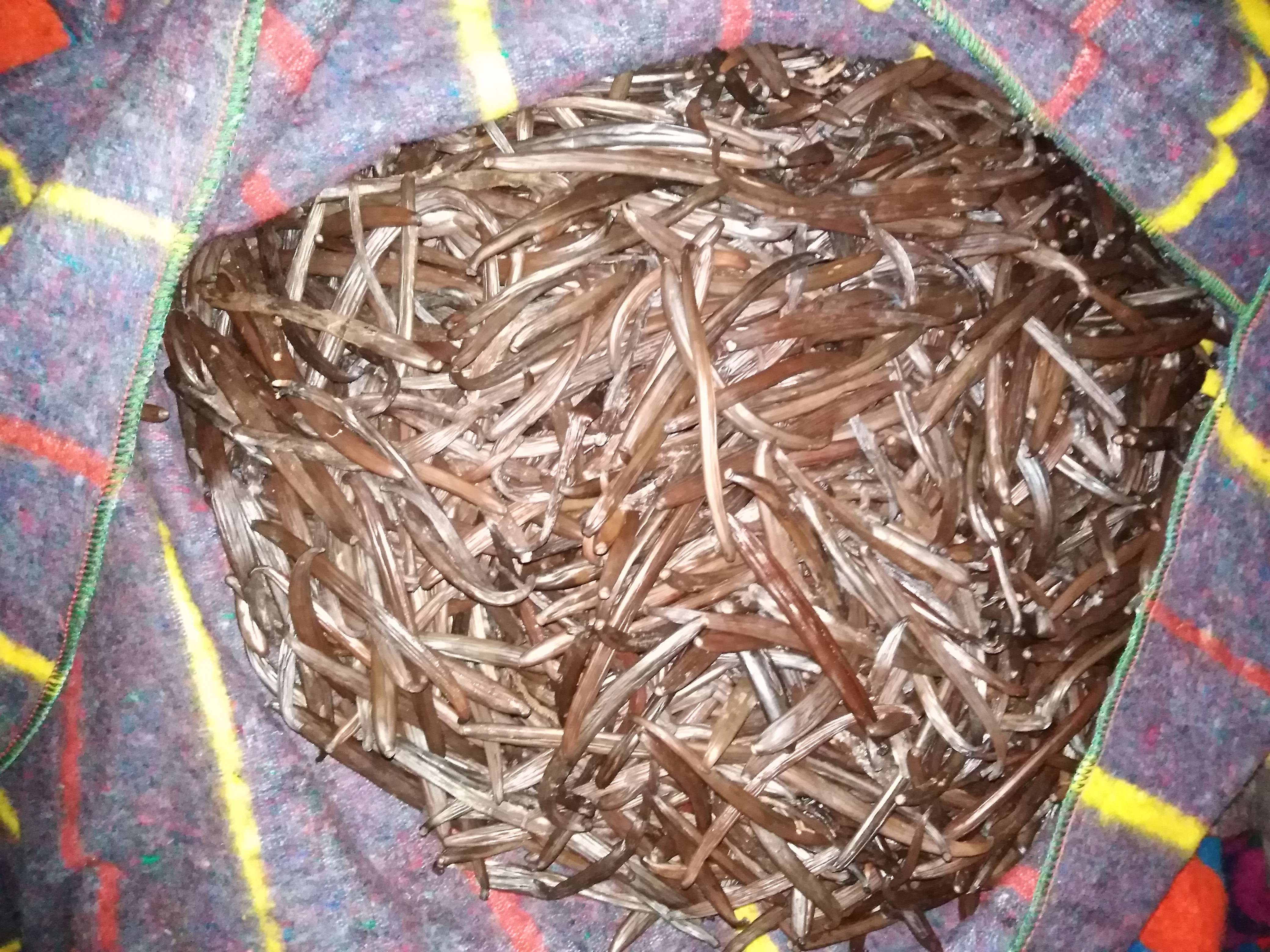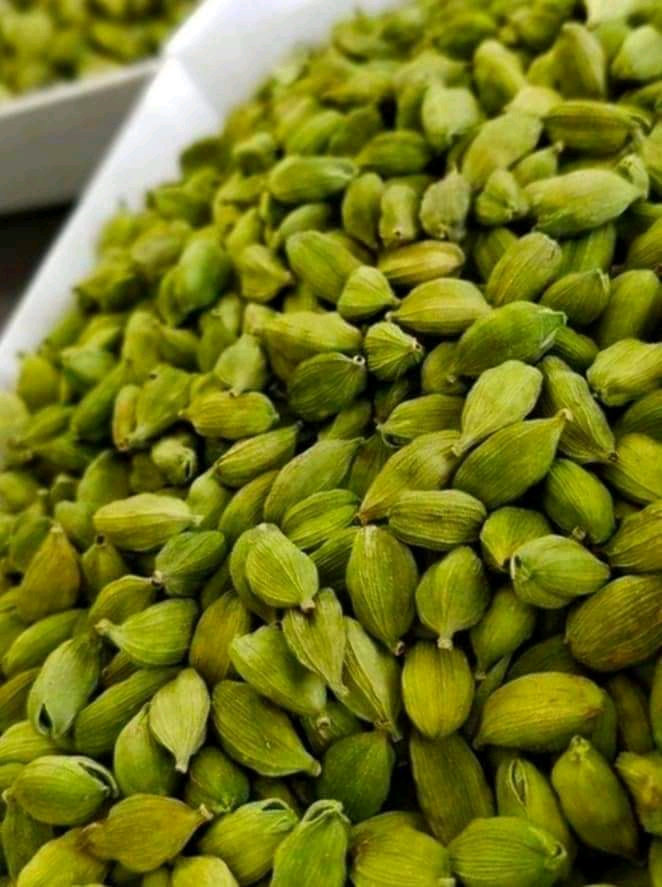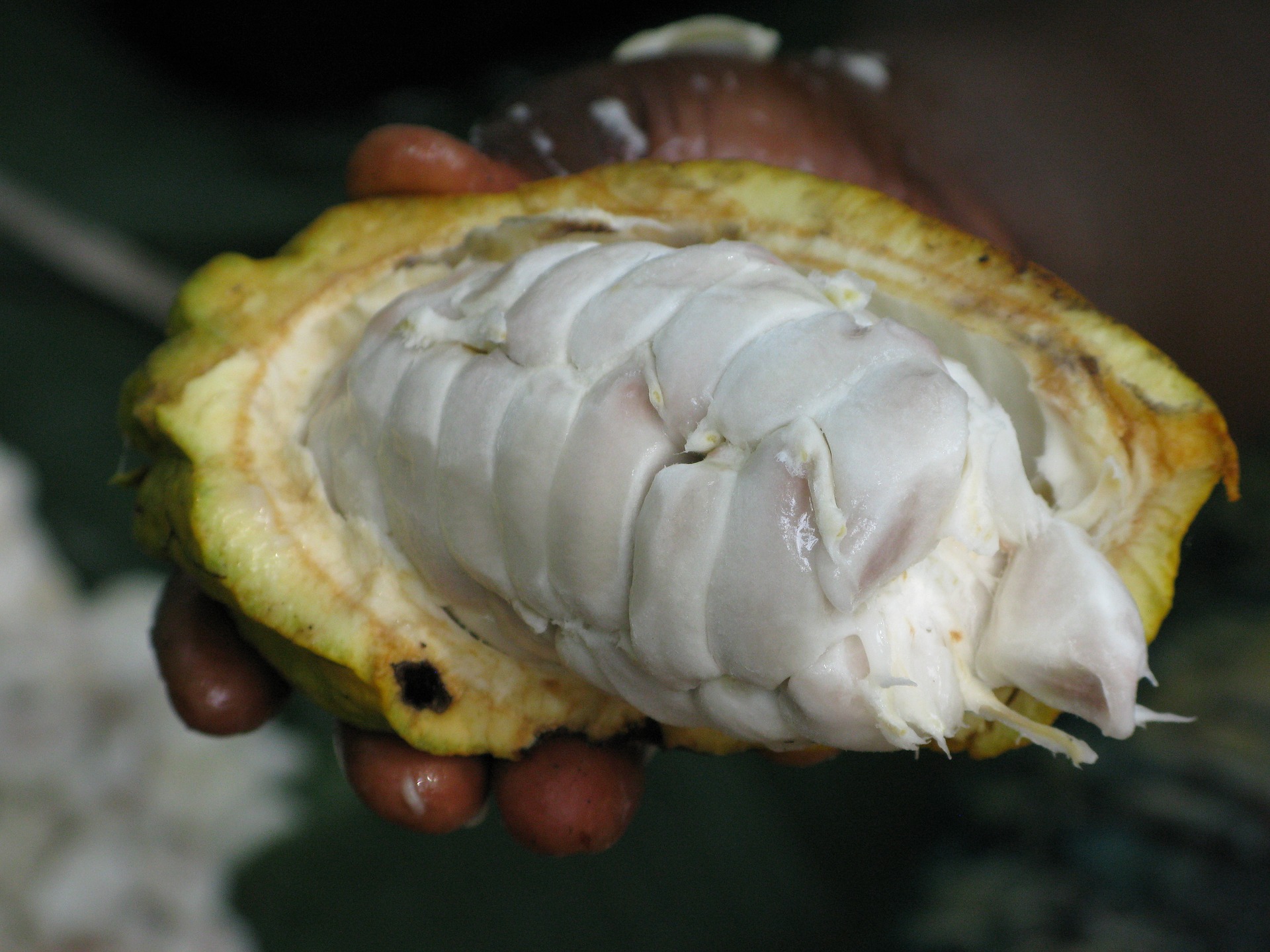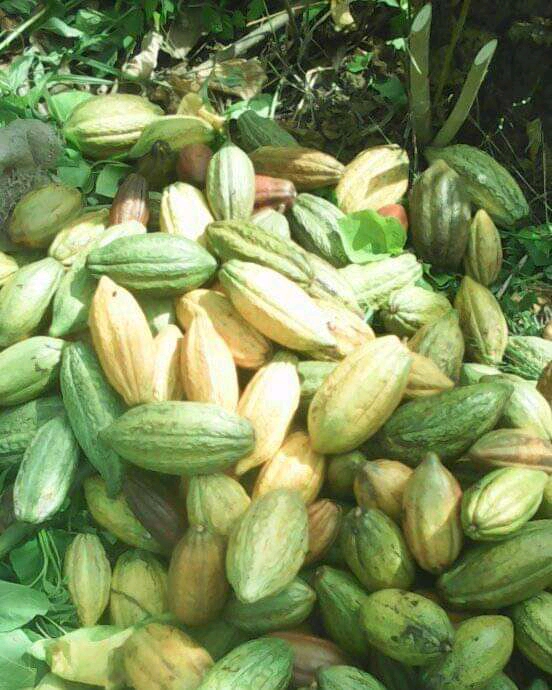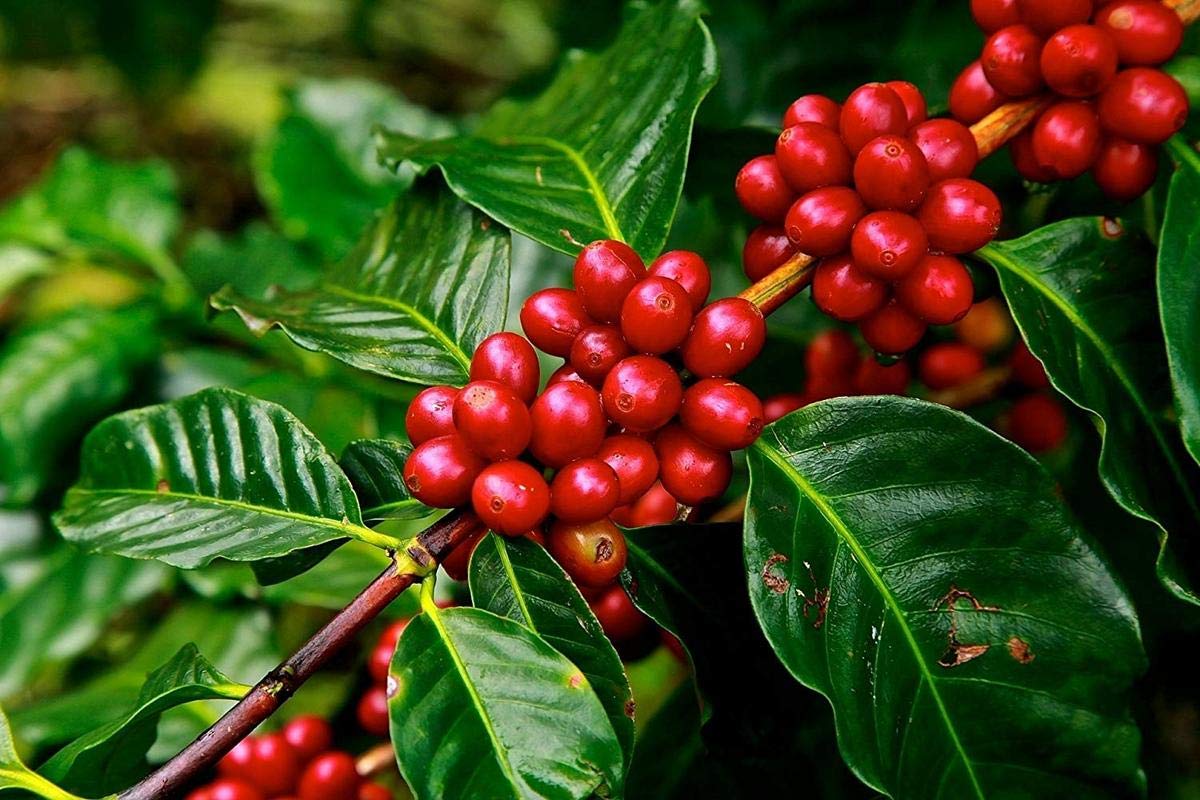 Robusta Arabica coffee Of Uganda
Robusta Arabica coffee Of UgandaUganda Coffee Guide
Coffee is Uganda's top-earning export crop. In 1989 Uganda's coffee production capacity exceeded its quota of 2.3 million bags, but export volumes were still diminished by economic and security problems, and large amounts of coffee beans were still being smuggled out of Uganda for sale in neighboring countries.
Some coffee farmers cultivated cocoa trees on land already producing robusta coffee. Cocoa production declined in the 1970s and 1980s, however, and market conditions discouraged international investors from viewing it as a potential counterweight to Uganda's reliance on coffee exports. Locally produced cocoa was of high quality, however, and the government continued to seek ways to rehabilitate the industry. Coffee production remained low during the late 1980s, rising from 1,000 tons in 1986 to only 5,000 tons in 1989. The Uganda Coffee Development Authority was formed in 1991 by government decree, in line with the liberalization of the coffee industry.
What Everybody Ought To Know About Robusta Coffee From Uganda
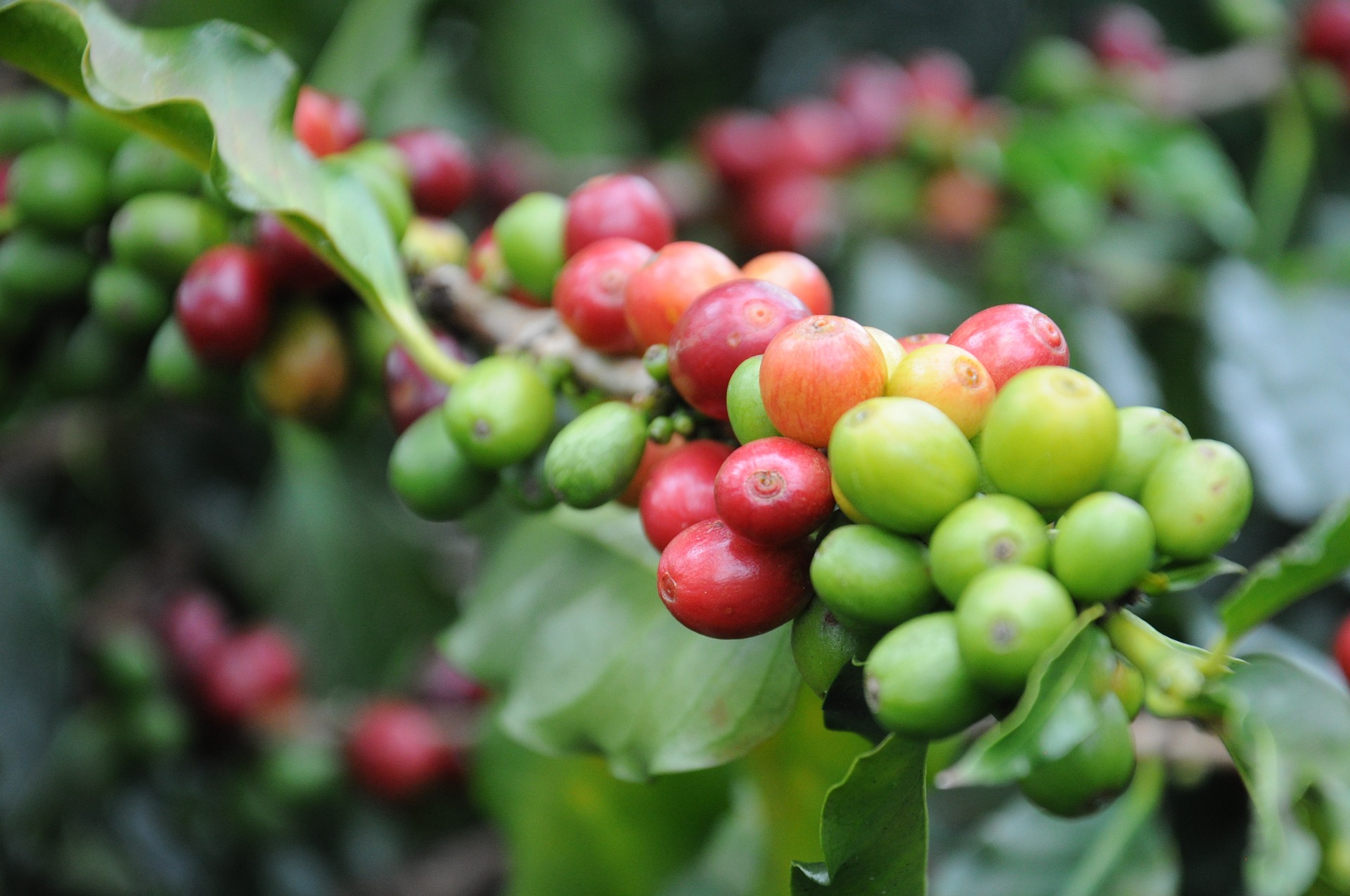
Behind Coffee Arabica, Robusta is the second-most popular coffee in the world today. It is produced by the Coffea canephoraplant, which was originally grown in the western and central portions of sub-Saharan Africa.
About 40% of the world’s coffee consumed each day is Coffee Robusta. When combined with Coffee Arabica, these two products represent between 95% to 99% of the beans purchased each year.
That’s an impressive feat, consider there are 100+ different coffee species which are currently growing in the world today.
Click
here to inquire, buy or order for Robusta Coffee from Uganda
What You Should Expect from Coffee Robusta While In Uganda
Price is the main point of comparison to think about from a consumer standpoint. Because Coffee Robusta is easier to farm, producing higher yields, it is often one of the cheaper coffee products you can purchase. Before roasting, Robusta beans are up to 50% less in price than Arabica beans.
The shape of the Robusta bean is a little different as well. They tend to be smaller and more circular than the Arabica bean.
From a flavor standpoint, however, Robusta can be difficult to tolerate on its own – even for long-term coffee drinkers. You’ll find it used in blends to push up the caffeine profile or espressos for its crema-creation tendencies.
Sold on its own, Robusta must be roasted to perfection and packaged well to preserve its unique profile.
With less sugar and fewer lipids when compared to Arabica coffee, it may be challenging to try drinking Coffee Robusta for some. If you can get past that initial flavor hit, however, you will find this robust coffee to be an excellent addition to your daily routine.
Click here to inquire, buy or order for Robusta Coffee from Uganda
What are the Different Flavors of Robusta Coffee in Uganda?
There is a unique flavor profile to enjoy when you’re having a cup of coffee brewed from Robusta. It offers a flavor that speaks of the Earth, somewhat grainy, with tones of oak and bitterness when the roasting process finishes correctly. You should also have a kick that tastes of peanuts, which settles on your tongue.
You must purchase Coffee Robusta from a trusted supplier to ensure the consistency and flavor is right. If the roasters get their process wrong, it is easy for this coffee to have a taste profile that is similar to licking a used car tire.
Espresso is often the preferred way to enjoy this variety, as it offers a lovely crema that is thicker and with deeper flavor tones than Arabica or other variations. You’ll find the kick from the espresso remains smooth, even with the higher caffeine content.
Are You Aware Of The Caffeine Profile Of Robusta Coffee?
When you see comparisons of Robusta vs. Arabica coffee online, the main point often highlighted is the difference in caffeine content.
With Coffee Robusta, you’ll receive a bean that can be up to 2.7% caffeine in volume. That is about double of what the average Arabica bean provides.
It is the higher caffeine content which makes the Robusta plant such a survivor. The added caffeine creates the extra bitterness that you find with this bean, which causes most pests to leave it alone. There are antimicrobial properties found with the bean as well, which reduces the impact of disease on the plant.
Click here to inquire, buy or order for Robusta Coffee from Uganda
How Does Robusta Coffee Grow while in Uganda?
The Coffee Robusta plant is remarkably hardy. It is resilient against disease and pests, enjoys hot temperatures, and can even handle full sunshine. The only thing it asks for in return is a lot of water. With Robusta, a hydrated coffee plant is a happy one.
Unlike Arabica coffee, the Robusta plant prefers to grow at lower altitudes. It does best when it can stay below 600 meters, or about 2,000 feet.
When growing in the wild, it can rise to heights of 30 feet or more under prime growing conditions. For farmers who are focused on growing Coffee Robusta, the plants are kept to about half that height to ensure the harvest is efficient.
The flowers are white, like many coffee plants, and the fruits turn a deep shade of red when they ripen. It may take just six months from flowering, in some regions, to produce a viable crop. Each of the fruits, called a “cherry,” will usually produce two coffee beans, which are the seed of the plant.
In some regions, however, the plant may flower irregularly, taking up to one year for the fruits to ripen.
Most
Robusta coffee is produced in Southeast Asia, Africa, or Latin America
today.
Vietnam, Brazil, and Indonesia are often the world’s top suppliers of
this
energetic bean. The production went down drasctically in Uganda although
it is picking up slowly again with the help of the Uganda government
distributing robusta coffee seedlings to potential farmers.
Click here to inquire, buy or order for Robusta Coffee from Uganda
Requirements Arabica Coffee Agro-Ecological While In Uganda

There are those requirements that are necessary for your Arabica Coffee to flourish and also help you yield high results from your investment. These requirements are given below.
Soil requirements
Arabica Coffee can grow on different soils types but does well on
well-drained volcanic soils. For best root establishment, it requires a
fertile, well aerated, free draining, slightly acidic, deep soil with
reasonable humus content and a minimum depth of about 1m before roots reach an
impermeable soil. Arabica Coffee will not tolerate water logging or ‘wet feet’.
Click here to inquire, buy or order for Arabica Coffee from Uganda
The best or ideal soils are volcanic red earth or sandy loams with good structure and texture and rich in organic matter. Avoid heavy clay or poor-draining soils, for good productivity.
In addition, the soil should be just slightly acidic, with a pH range of 5.5 – 6.5 within which it would be well supplied with all the essential major plant nutrients. Low or high pH will limit crop performance.
Altitude
An elevation between 1,200m and 2,500m above sea level is ideal for Arabica Coffee growing. Low elevation Arabica Coffee does not possess the best quality required by the world markets. Based on cup tests, areas within 1,500 to 2,500m clearly produce superior quality/premium coffee. High elevation improves the quality of the bean and potential cupping quality.
Due to a delay in ripening caused by cooler weather associated with higher altitudes, the inherent characteristics of acidity, aroma and bold bean can fully develop. Bold bean is classified as being between large and medium sized bean, with its width/length ratio bigger than that of a large bean.
Click
here to inquire, buy or order for Arabica Coffee from Uganda
Temperature
Since most Arabica growing areas in Uganda are above 1,500m above sea level, the potential to produce unique Arabica Coffee for specialty markets is high. Arabica Coffee prefers a cool temperature with an optimum daily temperature range of 15°- 24°C (59°-75°F).
Temperatures higher than 24°C (75°F) cause plant stress which leads to a cessation of photosynthesis. Mean temperatures of less than 15°C (59°F) also limit plant growth and are considered sub-optimal. As Arabica Coffee is susceptible to frost damage, use of shade trees to reduce the incidence is recommended.
A good soaking of 50mm every 10 days or approximately 20 litre (1 jerrycans of water per plant per day) is required.. Rainfall also triggers the ripening process. Without adequate rainfall/ moisture, flowering may extend over many months making plans for harvesting more difficult and other farm management practices unpredictable..
Click
here to inquire, buy or order for Arabica Coffee from Uganda
Excessive droughts can cause the coffee tree to become dehydrated and thus lead to its defoliation and or increased attacks of plagues such as the red spider mite, leaf miner or the coffee berry borer. Excessive rainfall can, on the other hand, also affect the flowering of the coffee tree by either diminishing it or destroying it altogether.
Thus, locating coffee plantings near a water supply for possible irrigation as well as for processing of cherry is desirable. Water requirements can also be reduced by use of suitable, well-established shade trees and mulch.
Wind effects
High winds have an adverse effect on coffee growth because they can cause excessive evaporate-transpiration and increase the demand for irrigation. Therefore, in windy areas, it is desirable to include windbreakers and shade trees.
Click
here to inquire, buy or order for Arabica Coffee from Uganda
Have A Great Story About This Topic?
Do you have a great story about coffee? Share it!
What Other Visitors Have Said
Click below to see other articles about coffee from Uganda...
Arabica Coffee production systems In Uganda Not rated yet
There are two types of Arabica Coffee growing i.e. mono-cropping (pure stand) and inter-cropping (mixed stand). Each system has its own advantages and …
Characteristics and importances of Robusta Coffee You Should Know About Not rated yet
Robusta Coffee (Coffea canephora) is grown in the low altitude areas of Uganda, ranging from about 900 metres to 1,200 metres above sea level. It has a …
Coffee Nutrition For Robusta Coffee Plants In Uganda Not rated yet
Coffee quantity produced per unit area improves significantly when soils are well managed for optimum fertility. Fertilizer application can increase yields …
What Everybody Ought To Know About Arabica Coffee From Uganda Not rated yet
If you love to drink a cup of Arabian coffee in the morning, then what you’re enjoying is Arabica Coffee.
Coffee plants are classified under the genus …
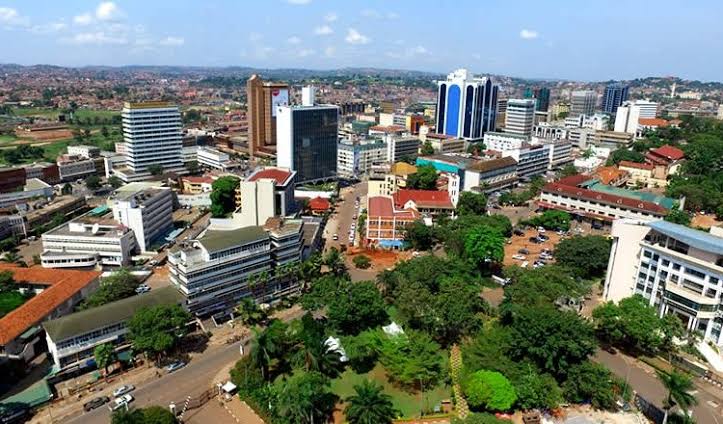 Aerial View Of Kampala City
Aerial View Of Kampala City
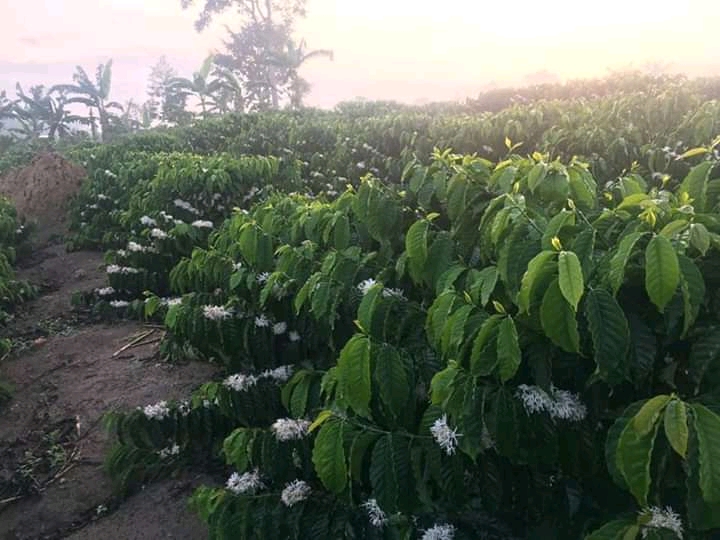
For inquiries or Orders:
Contact Us On:-
E-mail: Info@flawlessconsultsug.org
Or
Call/Whatsapp Us on: +256-772 238575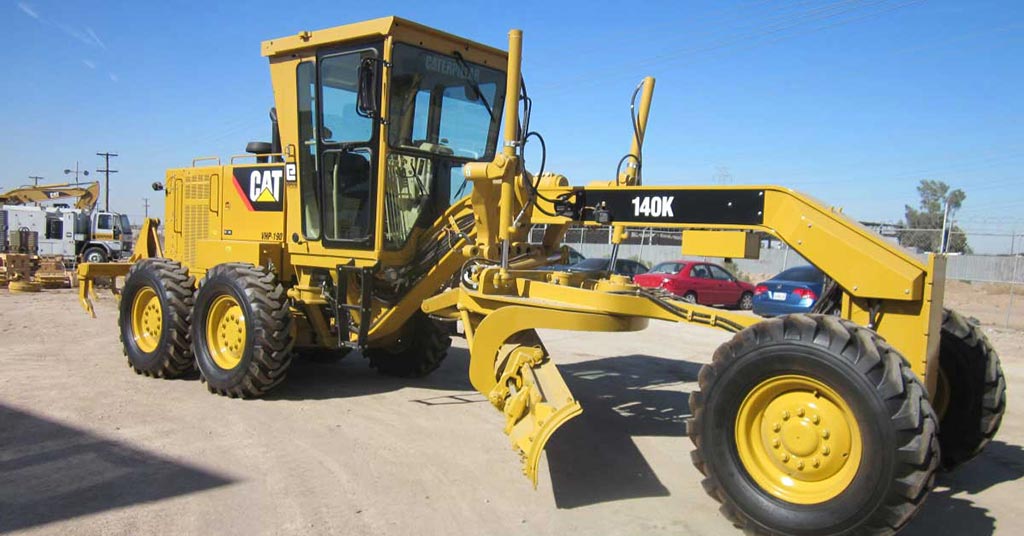 Buy A 140K Grader In Uganda
Buy A 140K Grader In UgandaFor inquiries or Orders:
Contact Us On:-
E-mail: Info@flawlessconsultsug.org
Or
Call/Whatsapp Us on: +256-772 238575










